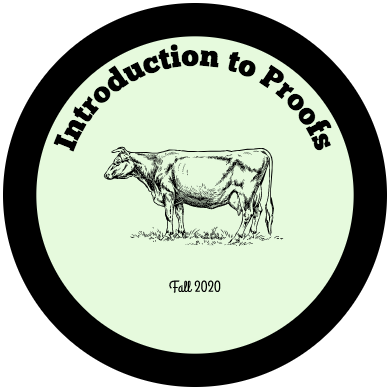Your first WeBWorK assignment is due on Tuesday, September 8th, at the start of class, and will cover the material from Lesson 2. Here’s what you have to do:
Assignment. To get started , you must complete the following three steps.
Step 1. Log in to WeBWorK here. I have created Usernames and Passwords for each student registered for my class.
Username. Your username for WeBWorK consists of your first initial plus your last name, all lowercase (for example, John Smith would have username ‘jsmith’).
Password. Your password is your Student ID (EmplID in CUNYFirst).
Step 2. Update your email address if you wish. To do this, select “Password/Email” from the main menu on the left. Use whatever email address you like (I suggest using one that you check often).
Step 3. Complete the first assignment, titled Assignment1-Sec1.2-1.3. Click on an assignment on the main screen to get started.
If you have any trouble – either with logging in, or with completing the assignment, post a comment here or send me an email and I will get back to you.
WeBWorK Tips:
- Click on a problem to see the details (the list of problems appears in the menu on the left). Enter an answer and hit “Submit Answers”. Don’t worry, if you get it wrong you can try it again.
- You can work on the problems in any order you wish. You can do some problems now, and come back and do the rest another day (your work will be saved, as long as you submit your answers).
- If you want to print out a copy of the assignment, click on the assignment name in the main menu on the left, and then click the link in the main screen area that reads “Download a hardcopy of this homework set.”





Recent Comments